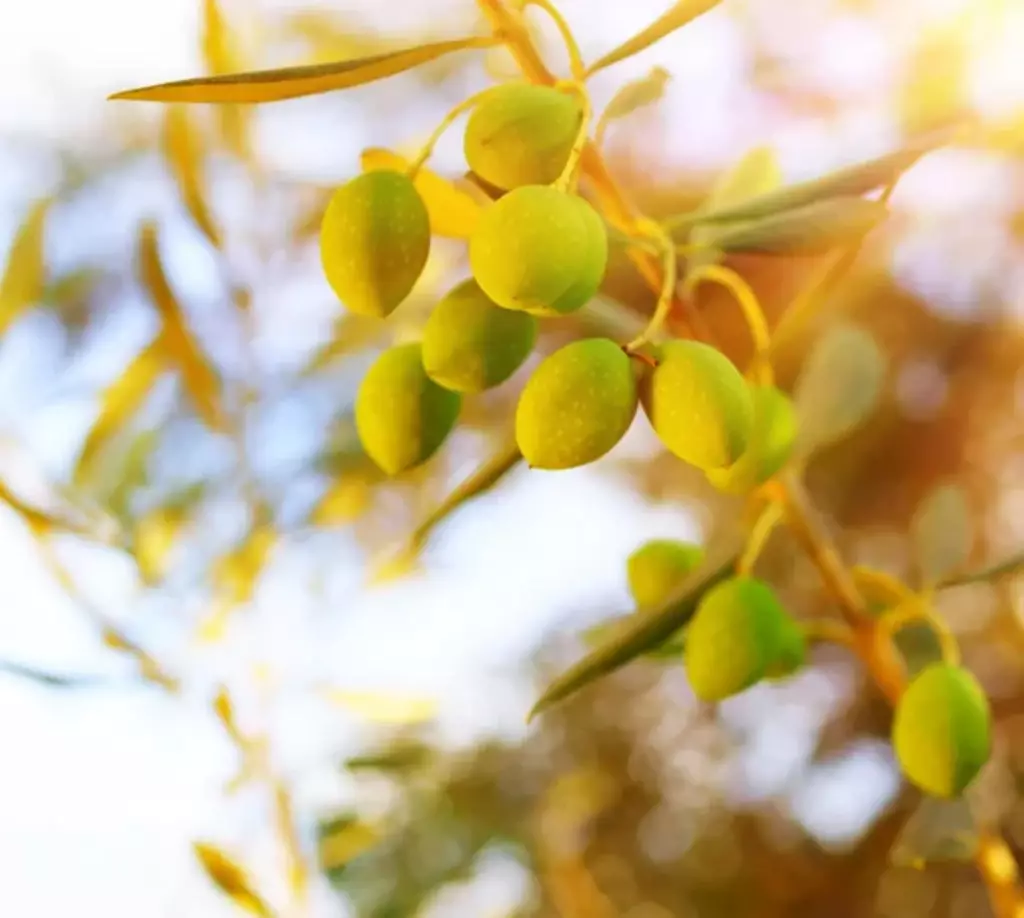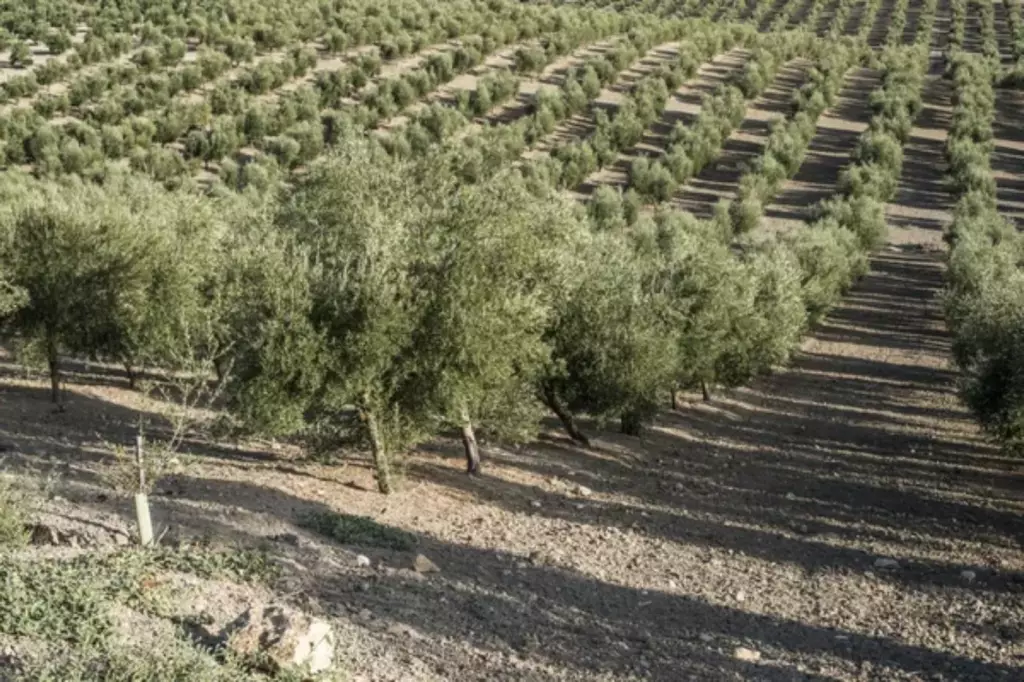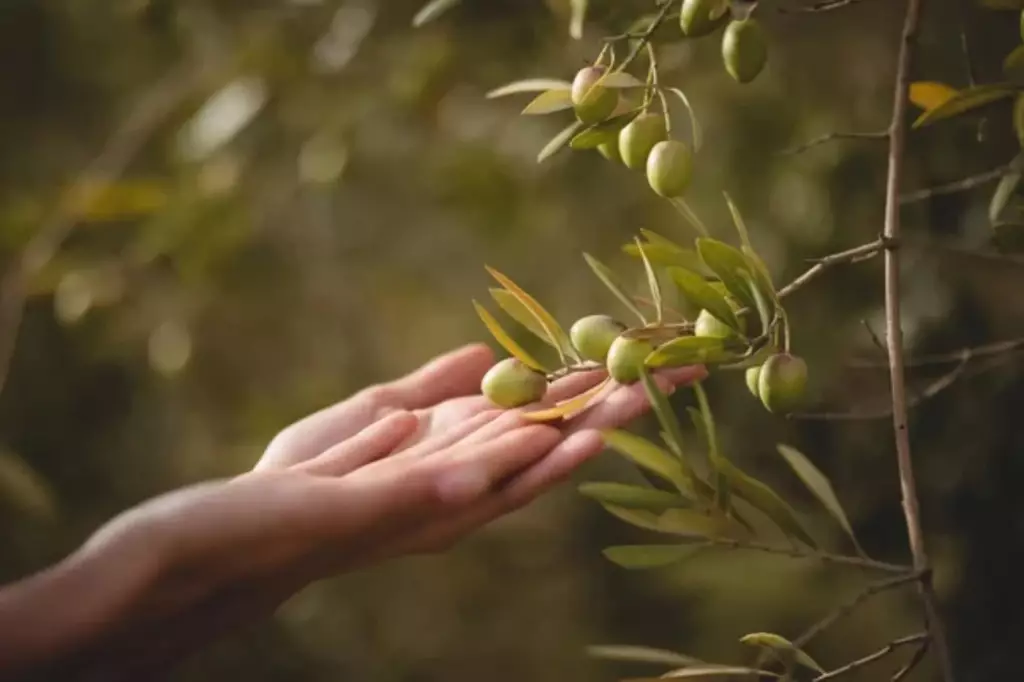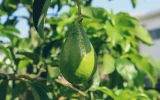How Profitable Is Olive Farming? Is It a Good Investment?
Olive farming offers a unique investment opportunity, but its profitability depends on several factors like the yield from each tree and the overall acreage, as well as market demand and pricing for both olives and products like olive oil. In this article, we'll explore the financial potential of olive farming, examining whether it's a sound and profitable investment choice.
Olive farming can be profitable with average annual profits ranging from $5,000 to $50,000 per acre, and profit margins ranging from 20% to 40%. While the initial investment can be substantial and trees take several years to mature, olive farming can be a lucrative long-term investment with effective management.
You can also boost your olive farm's profitability by turning olives into high-value products like olive oil, leading to higher revenues. Read on for more tips on maximizing profits from olive cultivation.
Summary
- The income from cultivating olive trees can vary significantly, with potential annual earnings ranging from $10 to $300 per tree, depending on factors such as market conditions, tree maturity, and farming practices.
- When considering the estimated profit margin from olive farming, assuming total expenses of around $6,000 per acre, the net profit could be approximately $3,450, resulting in a profit margin of almost 36.5%.
- Implementing cost-reduction strategies, such as efficient irrigation, organic fertilization, and integrated pest management, can lead to a substantial decrease in input costs, with estimated reductions ranging from 10-30%.

On this page:
Breakdown of Profits From Olive Farming
In olive farming, your return on investment (ROI) heavily depends on the yield per tree and acre, as well as the market's demand and pricing. You'll want to consider income from both raw olives and value-added products like olive oil when evaluating profitability.
Making money from cultivating olive trees
Estimated income range per olive tree:
- Low yield: $10 - $50
- Average yield: $50 - $150
- High yield: $150 - $300
Olives are one of the most profitable crops to grow in areas with Mediterranean climates. The money you can make from an olive tree varies based on multiple factors such as market conditions, tree maturity, and farming practices.

Generally, an olive tree starts producing commercially viable yields after 5-10 years, and a mature olive tree can produce between 15-40 kilograms of olives.
This can equate to about $50 to $300 annually per tree given current olive market prices. This is before accounting for expenses such as harvesting, fertilization, and irrigation.
Olive trees are proven to be one of the most lucrative fruit trees to grow, producing fruit for up to 50 years or more, with profit possibly ranging up to $500 per tree.
Olive tree profit per acre
Gross income estimation per acre (based on average yield):
| Yield Per Acre (Kg) | Market Price Per Kg ($) | Gross Income ($) |
|---|---|---|
| 3,780 | 2.5 | 9,450 |
Financial models for olive farming business plans suggest that with an average production of 3,780 kilograms per acre, and average market pricing of around $2.5 per kilogram, your gross income might be approximately $9,450. However, you'll need to subtract your costs to find the net profit.
For a profitable olive farm, your production needs to stay above a certain threshold, where some reports indicate that breakeven might occur around five tons per acre, or potentially lower if you have higher operational efficiency or add value-added products such as olive oil.
Estimated profit margin from olive farming
| Gross Income ($) | Total Expenses ($) | Net Profit ($) | Profit Margin (%) |
|---|---|---|---|
| 9,450 | 6,000 | 3,450 | 36.5 |
Assuming that your total expenses for olive farming are around $6,000 per acre, your net profit would be approximately $3,450, leading to a profit margin of almost 36.5%.
Keep in mind these figures fluctuate based on market demand, your business's branding, distribution channel efficiency, and how well you manage supply and demand dynamics. With solid financial planning and effective marketing, your olive farming business can grow sustainably.
Associated Costs to Start and Maintain an Olive Orchard
Below is an analysis of key expenses based on the various stages and elements of olive farming:
| Cost Element | Estimated Cost Range (per acre) |
|---|---|
| Land | $5,000 - $30,000 |
| Olive plants | $300 - $600 |
| Equipment & machinery | $2,000 - $25,000 |
| Soil preparation | $500 - $2,000 |
| Irrigation systems | $1,500 - $3,000 |
| Pruning & harvesting | $1,000 - $4,000 |
| Fertilization | $200 - $1,000 |
| Pest & disease control | $100 - $500 |
Costs for acquiring land
Acquiring land for organic farming mainly involves the upfront cost of purchasing the land, which varies significantly based on location, land quality, and size.
Prices are higher for fertile, well-located land near urban areas and lower for larger plots in rural areas. The cost is also influenced by the land's previous use, market demand, economic conditions, and local regulatory factors like zoning laws and property taxes.

Additionally, legal and transaction fees for services like land surveys and title registration add to the total expense.
Costs of purchasing olive plants and equipment
You’ll need to purchase olive plants and essential farming equipment, including irrigation systems and machinery for planting, pruning, and harvesting.
Costs for soil preparation
Before planting, the soil may require conditioning to improve quality. This might involve adjusting the pH level and ensuring good drainage to prevent water stagnation.
Costs for irrigation and water management
Olive trees need a reliable water source. Investment in irrigation infrastructure is vital, especially considering variable weather conditions.
Costs for harvesting and pruning
Handpicking, a labor-intensive method, often results in higher labor costs but can be necessary for delicate crops or in terrain where machinery can't be used.
On the other hand, using machinery speeds up the process and can reduce labor costs but involves expenses for machine purchase, maintenance, and operation.
Additionally, the specific processing steps for products like olive oil or table olives add further costs. These include cleaning, sorting, and processing the olives, which require specialized equipment and possibly additional labor.
Costs for fertilization and pest control
Regular fertilization and safe pest control measures are critical to protect your crops from pests, and diseases like olive knot, and to ensure high-quality yield.
Strategies for Lowering Costs and Maximizing Profits in Olive Farming
Diversify your olive income
Selling fresh olives is just the beginning. You can also delve into olive oil production, value-added products like olive-based cosmetics, and even agro-tourism if your farm location allows.
Reduce input costs
Intelligent investments in irrigation systems and pest control can substantially cut down on water and chemical usage, lowering costs without sacrificing quality.
Implementing organic practices might increase initial costs but can lead to premium pricing on crops due to higher consumer demand.
The table below shows different cost-reduction strategies and how they impact quality:
| Strategy | Estimated Cost Reduction | Impact on Quality |
|---|---|---|
| Organic fertilization | 15-25% | Increase |
| Efficient irrigation | 10-20% | Maintain |
| Integrated pest management | 20-30% | Maintain |
Impove harvesting techniques to increase yield
Proper harvesting techniques and timings are crucial to maximize yield and quality. Avoid damage to both olives and trees by employing gentler harvesting machinery which can increase initial costs but preserve the long-term health of your orchard.

Establish unique marketing and branding
Craft a solid business plan and invest in branding. Your unique story will add value when marketing your olive products. Effective branding can lead to better market positioning and higher profit margins.
The table below outlines different revenue streams in olive farming, showing how unique marketing and branding can enhance profitability.
| Revenue Stream | Average Income | Net Profit Estimate | Profit Margin Estimate |
|---|---|---|---|
| Olive sales | $20,000 | $5,000 | 25% |
| Olive oil | $30,000 | $10,000 | 33% |
| Cosmetics | $10,000 | $3,000 | 30% |
Effective branding of olive can increase profit margin to 25%
With an average income of $20,000 and a net profit of $5,000, this stream has a profit margin of 25%. Effective branding can differentiate these olives in the market, allowing for premium pricing.
Efficient marketing of olive oil can result in a 33% profit margin
This is the most profitable stream with $30,000 in income and $10,000 in net profit, resulting in a 33% profit margin. High-quality olive oil, especially if marketed as organic or artisanal, can command higher prices.
Promoting olive-based cosmetics can yield a 30% margin
Income from olive-based cosmetics is $10,000 with a net profit of $3,000, yielding a 30% margin. This niche market can be expanded through branding that highlights the natural and beneficial properties of olive-based cosmetics.
Are Olives a Good Investment?
Investing in olive farming can be a strategic move for your agricultural portfolio, but it comes with its unique set of variables.
Olive trees can take a considerable amount of time to mature and yield a significant harvest, often several years, so patience is a key ingredient in this endeavor.
Once mature, olive trees can produce fruit for decades. The profit potential can be significant due to the global demand for olive products.
It also depends on whether you’re producing table olives or olive oil, with the latter often fetching higher prices.
The table below provides a concise overview of the financial prospects of investing in olive farming over time:
| Year | Gross Income | Operating Costs | Net Profit |
|---|---|---|---|
| 1-5 | Low | High | Likely negative |
| 6+ | Increasing | Stable | Positive |
The first years (years 1-5) can result in a negative profit
These initial years show low gross income with high operating costs, resulting in likely negative net profits. This period is typically for establishment and growth, where expenses (like planting, irrigation, and initial labor) outweigh income since olive trees take time to mature.
Profit increases after the 5th year
The financial outlook improves significantly after the fifth year. Gross income increases as the olive trees reach maturity and yield more fruit while operating costs stabilize and become more predictable. This leads to positive net profits.
As your trees grow and begin to produce more olives, you can typically expect to see an increase in profit margin. After initial years, a mature olive orchard can yield a profit margin that ranges from moderate to high, barring unforeseen circumstances such as extreme weather or market downturns.

Remember that olive farming is a long-term investment. While they are considered a high-value crop, cultivating them will still require patience and sufficient capital to cover initial losses.
However, once past the initial years, it becomes more profitable and can be considered a good investment.



